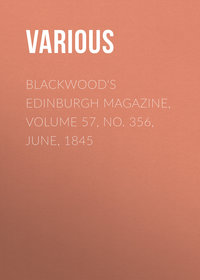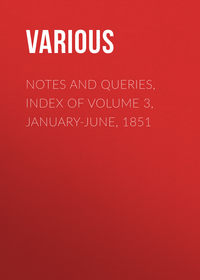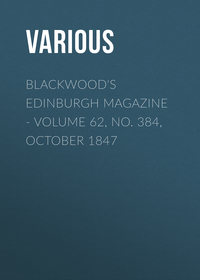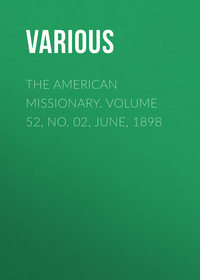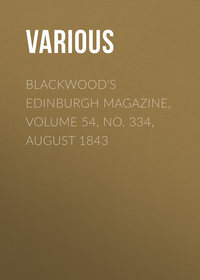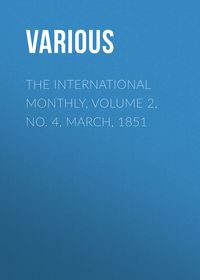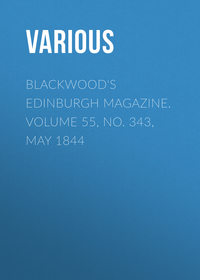The Mirror of Literature, Amusement, and Instruction. Volume 14, No. 402, Supplementary Number (1829)
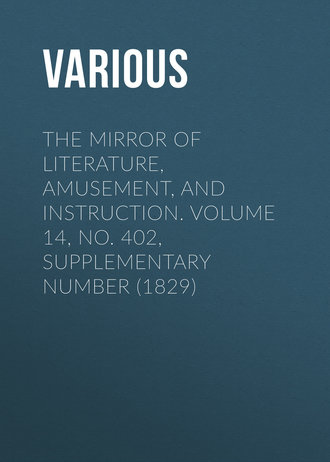 полная версия
полная версияThe Mirror of Literature, Amusement, and Instruction. Volume 14, No. 402, Supplementary Number (1829)
Жанр: учебная и научная литературазарубежная старинная литературазарубежная образовательная литератураразвлечениязнания и навыки
Язык: Английский
Год издания: 2018
Добавлена:
Настройки чтения
Размер шрифта
Высота строк
Поля


